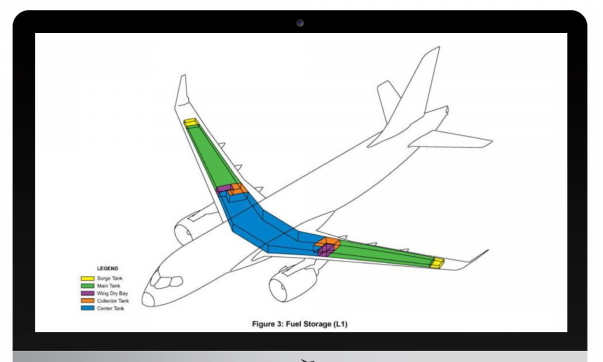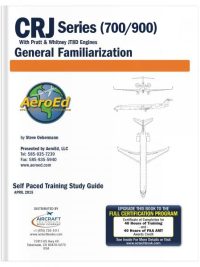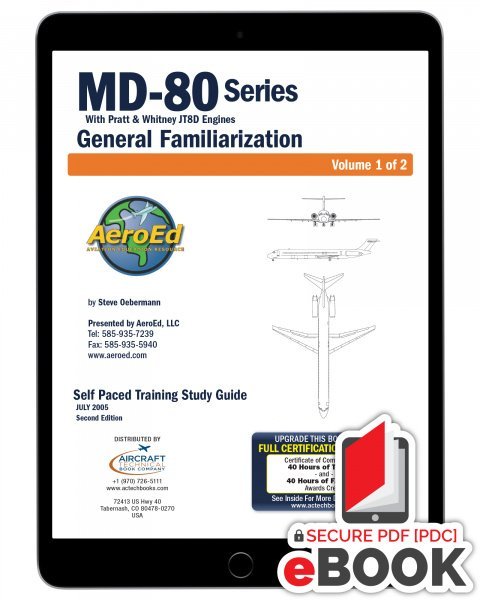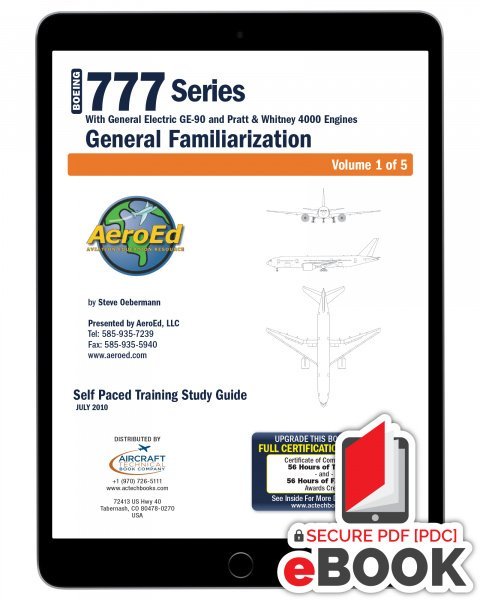Description
Last updated on November 10th, 2025 at 07:52 am
Course Content and Structure
The comprehensive training course for the Boeing 737 MAX equipped with LEAP-1B engines is meticulously structured to cater to a diverse range of Aircraft Maintenance Technicians (AMTs) and support personnel. At the core of the curriculum is a systems description as elaborated in the Aircraft Maintenance Manual (AMM), providing a detailed and technical overview of each system within the aircraft. This robust curriculum covers a spectrum of essential topics, including component locations, operations, maintenance prerequisites, and interfaces in both the cockpit and remote areas.
The course commences with an introduction to the fundamental principles and technical specifications of the Boeing 737 MAX, amplifying knowledge on its upgraded features and capabilities. Each subsequent module is designed to delve into various systems such as the airframe, avionics, electrical systems, and the LEAP-1B engine specifics. It meticulously addresses the operation mechanisms, troubleshooting procedures, and maintenance documentation, essential for ensuring optimal performance and reliability of the aircraft.
Interactive elements such as chapter quizzes are employed throughout the course to assess comprehension and retention of the material. These quizzes aid in reinforcing the knowledge acquired, facilitating a progressive learning experience. The course structure is deliberately flexible, accommodating the learning pace of participants and allowing an extended period of one year from the start date for completion. Upon successful culmination, participants are awarded a certificate of completion, validating their proficiency and readiness for practical applications.
Adhering to stringent industry standards, this training meets the ATA 104 and EASA Part 66 Level 1 requirements, ensuring that it aligns with globally recognized aviation maintenance education benchmarks. Whether for new AMTs, base and line operations personnel, or those prepping for job interviews, this course provides a solid foundation and enhanced familiarity with the Boeing 737 MAX’s advanced systems. This structured and well-rounded approach equips trainees with the practical skills and theoretical knowledge necessary to excel in the dynamic field of aircraft maintenance.
Additional Benefits and Management Integration
The comprehensive training course on the Boeing 737 MAX with LEAP-1B engines extends beyond technical acumen, offering numerous additional benefits that amplify the competency of Aviation Maintenance Technicians (AMTs). Upon course completion, participants will master a suite of safety precautions and maintenance practices crucial for handling advanced aircraft technologies. The detailed exploration of major system layouts and the intricate characteristics of the LEAP-1B powerplant contributes significantly to the technicians’ proficiency.
Furthermore, the training delves into the specific tooling and test equipment used with the Boeing 737 MAX, ensuring that AMTs are well-versed in the operational aspects of these tools. This pragmatic approach enhances the technicians’ ability to perform precise diagnostics and maintenance, thereby optimizing aircraft performance and safety.
Another significant advantage of the course is the award of IA renewal credit, coupled with FAA AMT Award Points, upon successful completion. These certifications not only validate the technicians’ enhanced expertise but also contribute to their career advancement by reinforcing their credentials with recognized industry standards.
For training managers, the self-paced training modules stand out as a cost-effective and efficient solution to meet both initial and recurrent training needs. The flexibility of these modules allows teams to undergo training during ‘down times,’ thereby ensuring uninterrupted operations while maintaining a highly skilled workforce.
Integrating this training method into existing programs can be seamlessly achieved with strategic planning. Training managers are encouraged to incorporate these modules into their regular schedules, using downtime effectively and ensuring their teams remain up-to-date with the latest maintenance practices and safety protocols.
For further assistance and inquiries, training managers and AMTs can contact the program’s support team. Dedicated assistance is available to help integrate the course efficiently into existing training structures, ensuring that organizations derive maximum benefit from this advanced training opportunity.







Reviews
There are no reviews yet